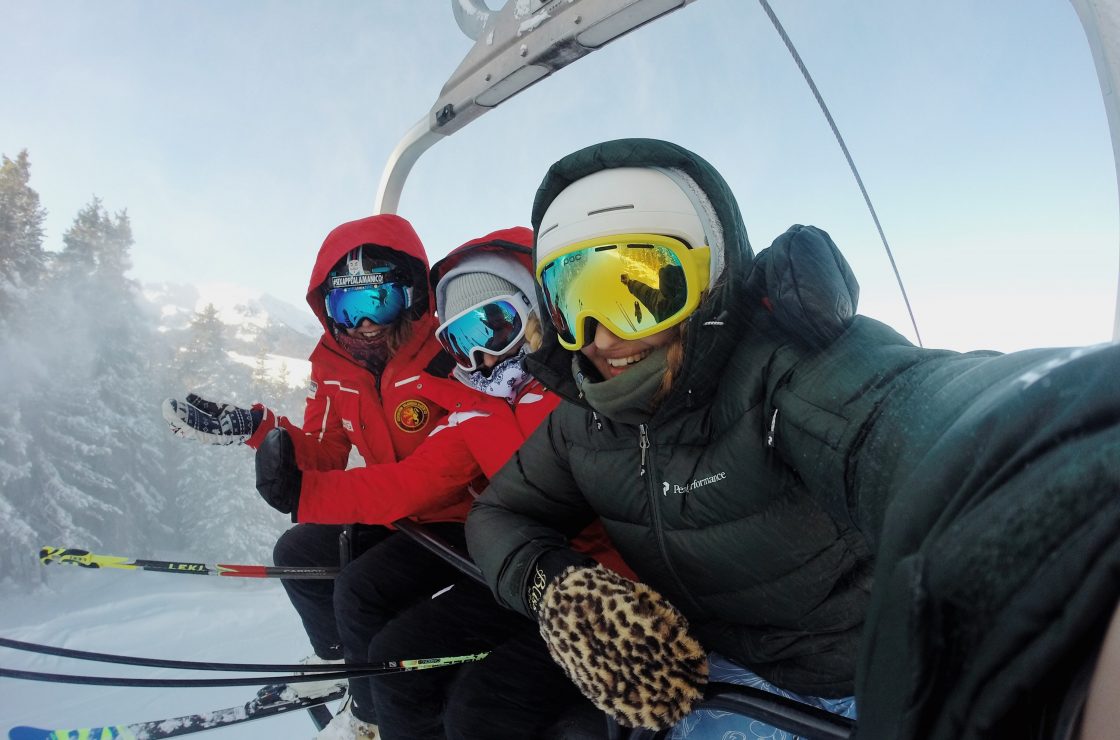28/09/2021
Social Media Team
AFL Preseason Training Tips
read more +
It’s that time of year boys, time to reward yourself for all the long training sessions, heart breaking and close call matches, countless sit ups, and miles of running. It’s time to plan your Team Trip in one of the best destinations in Australia; our experienced consultants will help you plan the ultimate trip away, go-karting, paintball skirmish, night clubs or even a cheeky adult venue or two, we’ve got your back mate!
Where To Stay
Get the AFL team together and start preparing for the end of season footy trip. It all starts with the party destination… So get the lads together and start looking where the best place to finish the season is going to be. The group party bookings team have helped 1000’s of teams with group accommodation around Australia and NZ. We have a range of long term accommodation suppliers to choose from. Wether you want something more luxury or a backpackers hostel to house the group.

What To See
Organise all your AFL team flights with our Team Trip flight packages. You can rely on the Team Trips bookings team to source and organise all your flights all around Australia and New Zealand. The team can streamline your flight bookings to ensure team flys, stays and arrives together. There are group buses, coaches, mini buses and stretch hummers for team transport if required can pickup and drop off to the airport.
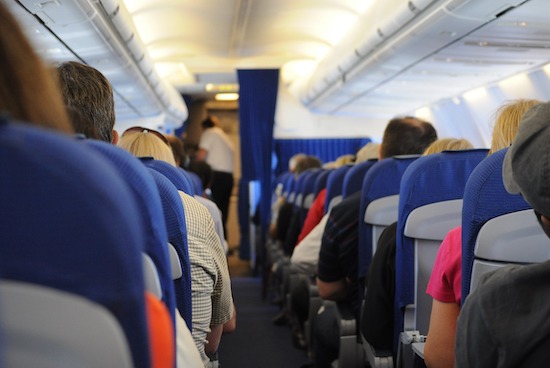
What To See
Get the AFL girls together for an end of season get up to celebrate the wins and loses. The footy girls love a good end of season trip full of entertainment and antics. Team Trips offers a number of unique and different end of year team bonding experiences. Choose the ultimate package to suit your team and make any changes you like to make sure it is a perfect fit.
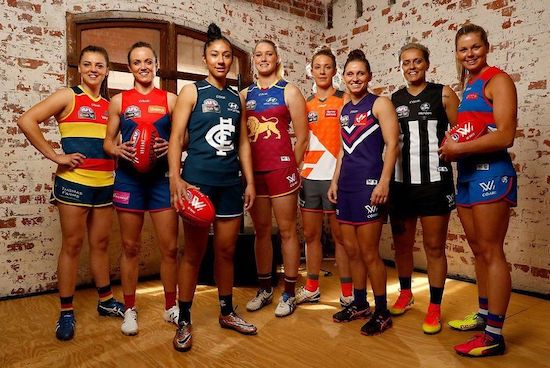
What To See
Get the AFL boys together it’s time for an epic end of year footy trip. We all know it’s been a year full of team and individual efforts, now is the time to reward your stand out players. Let the crew at Team Trips organise the ultimate footy weekend away full fun team bonding activities. You can end the season on a high or get ready to start the next. Get in touch today for more information and deals.
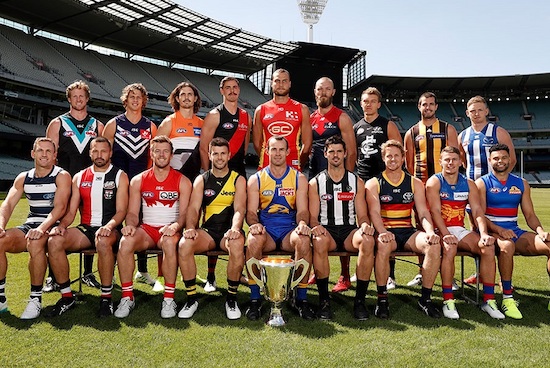











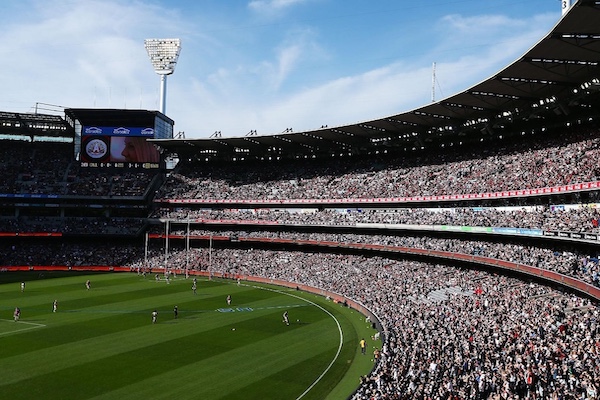
AFL is a fast-paced game that combines the skills of speed, athleticism, skill, and physical fitness. Players are allowed to tackle the player with the ball and impede opposition players from tackling their teammates. This is known as shepherding. However, players cannot deliberately strike an opponent. AFL tactics are based around trying to get the ball, then – through a combination of running with the ball, hand-passing, and kicking – deliver it to a player who is within the range of the goal.
In AFL there are no set positions in the rules of the game, but traditionally the field was divided into three major sections: the forward line, back line and midfield. The forward and back lines consisted of six players, arranged into two lines of three players. The midfield generally consisted of the designated ruckman (player who contests the bounce-down) and players who either stay in the centre area of the ground or follow the ball and are not confined to a particular area.
The modern game has largely discarded the traditional playing positions in favour of a free flowing running game and attempting to have players in various positions on the field. The rise in popularity of the ‘hand-pass’ since the 1970s has greatly influenced this style of play. The players are shuffled on and off the field using the interchange bench.
AFL began its evolution in Melbourne around 1858, but the origins before that time are the subject of much debate as there were a multitude of football games played in Britain, Europe, Ireland and Australia whose rules influenced the early AFL games played in Melbourne. Teams would have to agree before each match which rules would be followed, and different aspects of association football, Gaelic football, rugby football, Sheffield rules, Cambridge rules Winchester College football were apparent in the early games. The first match the AFL Commission identified as a direct precursor to the codification of Australian football was organised and umpired by Tom Wills and contested on 31 July 1858 between Melbourne Grammar School Football Club and Scotch College.
The oldest set of rules were drawn up on 17 May 1859, three days after the reformation of the Melbourne Football club for the 1859 season. The Melbourne Football club was first formed on 31 July 1858 when a code of rules were written. These rules were based on school football rules but made simpler so they were easier to follow. The earliest official formal leagues were the South Australian National Football League formed in 1877.
The first intercolonial matches were played in 1879 which spread throughout the country. The game was shaped in the early years through feedback from clubs, players and spectators. The sport then further spread across the country and became the main winter sport played in Victoria, South Australia, Western Australia and Tasmania. The game was played in New South Wales and Queensland but was second in popularity to rugby union.
Each team has 18 players at a time, with four additional players available on the interchange bench.
AFL matches consist of four quarters, each being 20 minutes in length.
Studded boots
Mouth guards
Football

